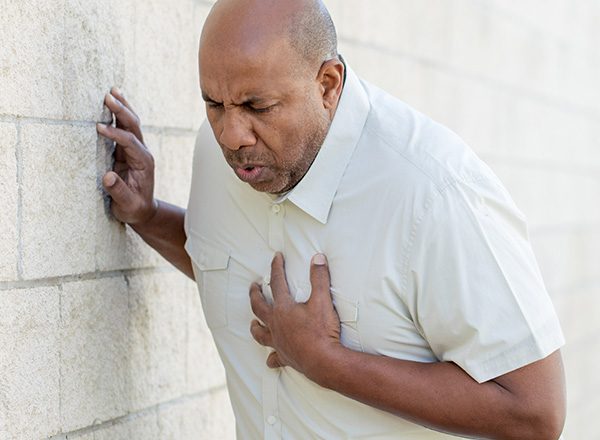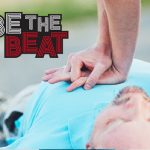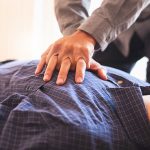More than 350,000 sudden cardiac arrests occur annually in the United States. Survival rates remain low, averaging around 10%. However, the odds of survival dramatically increase with fast action.
The American Heart Association uses the term Chain of Survival to describe the would occur when responding to cardiac arrests outside of a hospital to provide the best care. The chain involves:
- Recognition of cardiac arrest and activation of emergency response
- Early cardiopulmonary resuscitation (CPR)
- Rapid defibrillation
- Advanced resuscitation by emergency medical services (EMS)
- Post-cardiac arrest care
- Recovery
Each link is critical to not only increase the chance of survival but also improve the neurological and physical function of survivors. Let's take a closer look at each link in the chain. For the first part of this series, we'll focus on the first link in the chain: recognition and activation.
Recognition and Activation
This link is essential because it puts the rest of the chain in motion. The first link is to recognize that someone is having a cardiac arrest and choose to act. The bystander should call 911 and retrieve a defibrillator if one is available nearby. Quick action leads to an increased chance of survival.
Most people who survive a sudden cardiac arrest outside of the hospital receive immediate help from bystanders. The chance of survival from cardiac arrest decreases by 10% for every one-minute CPR is not performed. One challenge is knowing the symptoms and recognizing that a medical emergency is happening. People should know the signs of cardiac arrest and the symptoms that precede it.
Bystanders should immediately call 911 to begin the Chain of Survival when someone collapses suddenly, is not breathing, or appears to be gasping, has abnormal breathing, or is not responding. Sometimes no symptoms are present. Yet, some symptoms that occur before someone collapses may include (but are not limited to):
- Chest pain, fullness, or discomfort
- Shortness of breath
- Fatigue or weakness
- Dizziness or lightheadedness
- Pain or discomfort in the neck, jaw, back, or arms, particularly in women
- Nausea or vomiting
These symptoms should also trigger the individual or a bystander to call 911. But sometimes people freeze or feel unsure when a medical emergency is happening. More awareness can help people know how and when to respond.
Fast Responses Saves Lives
EMS response time is closely linked with the survival odds for out-of-hospital cardiac arrest. That's what makes activating the response such a crucial link in the chain.
A study published in Resuscitation found that faster EMS response time led to higher survival rates and survival with good neurological outcomes. Each additional minute of EMS delay in response increased the odds of poorer survival and outcomes from cardiac arrest.
Similarly, another study in Resuscitation found that longer EMS response times led to lower odds of survival. People who have a sudden cardiac arrest in public where bystander CPR or defibrillation are provided are more likely to survive. However, even a one-minute delay in EMS response time could affect the odds of survival from 1% to 10%. Response time had the largest effect on the overall odds of survival, but the administration of shock with an automated external defibrillator (AED) offset the risk of a one-minute delay in EMS time.
Rapid defibrillation is the third link in the Out-of-Hospital Chain of Survival.
Bystanders are key to the first three links in the Chain of Survival and are perhaps the most important link in whether someone survives a cardiac arrest. However, they don't always respond. Sometimes people are afraid to offer help in a public place, feel confused about what's happening or lack confidence in how to respond. People in rural areas, those present when the cardiac arrest occurs, those with CPR training and people with access to an AED are more likely to intervene in an emergency.
Improving recognition of cardiac arrest and response training has the potential to save lives. Help people to know that calling 911 at the first sign of cardiac arrest can set off the rest of the chain of survival and lead to better outcomes.









